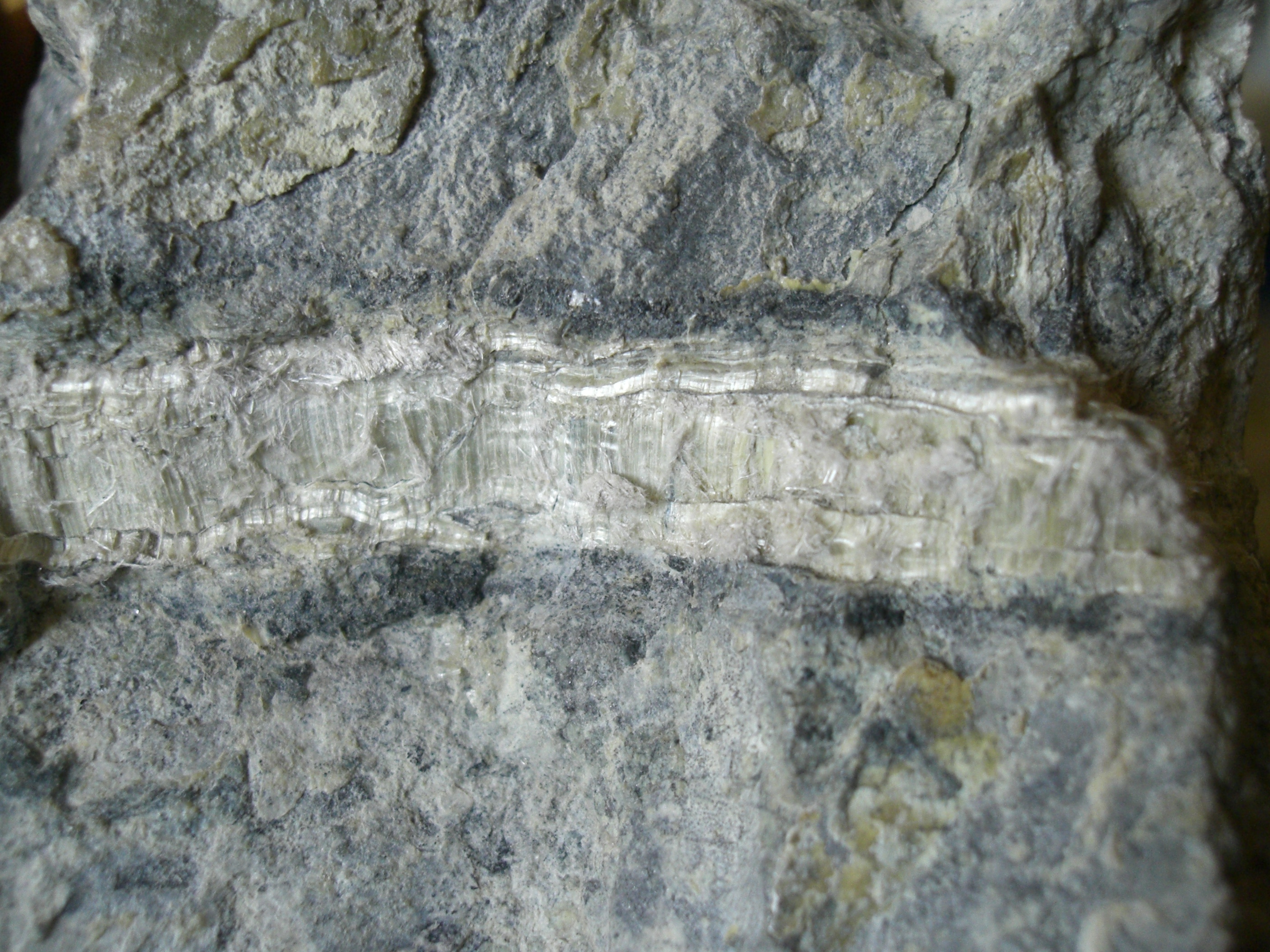Asbestos Lives On in Nature, Certain Manufacturing Processes

Most people in the United States, when asked whether asbestos is a banned substance, would respond without hesitation to tell you that it’s been banned for decades. However, that response is only partially accurate. While true that asbestos production has been banned for years, most people will be surprised to learn that it’s still legal to use asbestos in the United States. And not only is it still legal for use, it is ever-present in the natural environment as well.
Asbestos disease advocacy groups reported that tariff and trade data from the U.S. Department of Commerce and the U.S. International Trade Commission indicates asbestos imports nearly doubled from 2015 to 2016. However, a mineral commodity summary from the U.S. Geological Survey shows that asbestos imports in the United States were “essentially unchanged” from 2015 to 2016. Despite this discrepancy, both articles agree that at least 340 metric tons were imported in both years. But, why – what is asbestos being used for in the United States?
The legal use of asbestos in the United States is for the chloralkali process, which accounted for 100% of asbestos consumption in 2016. This industry uses asbestos diaphragms in its chloride manufacturing process. Around the world, though, asbestos is used in production of numerous other products which could be imported into the United States, and importantly, asbestos is present in the ambient air and throughout the natural environment as well.
In a recent case study by the U.S. Department of Health and Human Services Agency for Toxic Substances and Disease Registry, asbestos toxicity was analyzed, which included a discussion of the ambient presence of asbestos. The table below, adapted from the study, shows examples of the various sources of asbestos in the environment.
|
Source of Asbestos |
Location in the Environment |
|
Mining, milling, and weathering of asbestos-bearing rock |
Outdoor air and settled dust |
|
Release of fibers from disturbed building materials (e.g., vermiculite insulation) |
Indoor air |
|
Manufacture, wear, and disposal of asbestos-containing products |
Outdoor and indoor air and settled dust |
|
Release of fibers from brake linings or crushed asbestos-containing rock used in road construction |
Street dust |
|
Erosion of natural land sources, discarded mine and mill tailings, asbestos cement pipe, disintegration of other asbestos-containing material transported in rainwater |
Drinking water |
Image by Chmee2, CC BY-SA 3.0.